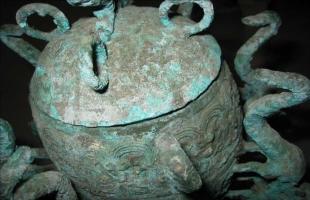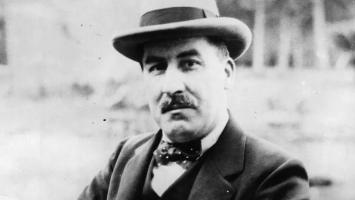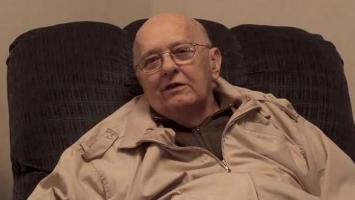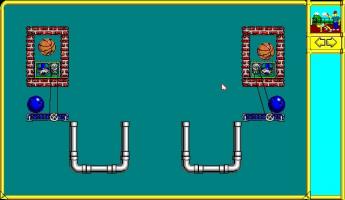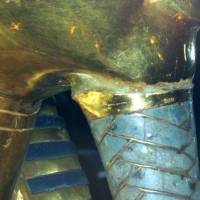The incredible adventure of the rebel Lope de Aguirre

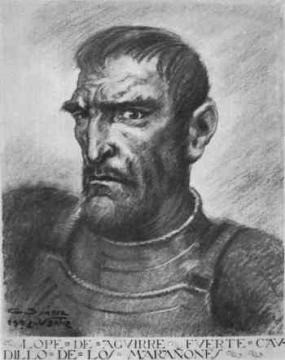
History is full of characters who are called “minor”, which means that they did not achieve glory or power. Others, however, are described as bloodthirsty and terrible, while true tyrants are often remembered as just men.
This is so because whoever has control of the media distorts the truth as he pleases, in order to perpetuate his name as that of a righteous man.
Frequently, those who fought for the independence of a people, but failed in their attempt, are described as a murderer or a tyrant.
The Basque Lope de Aguirre, who was born in Oñate in 1518, into a family of noblemen who had fallen into disgrace, was one of the most macabre and controversial characters in American history.
There are those who remember him only as a crazy and bloodthirsty possessed, eager for power. Others, on the contrary, even paint him as one of the precursors of the independence of the South American states, which, 250 years before Simón Bolívar, had developed a feeling of arrogance regarding Spanish domination.
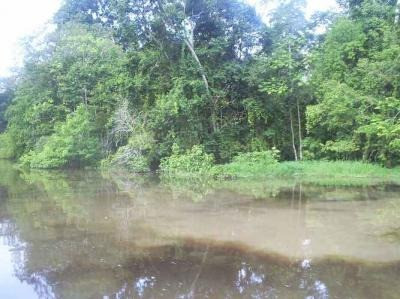
From a very young age he decided to enlist as a soldier in the expeditions aimed at the conquest and colonization of the New World. He was still a teenager when he participated in the colonization of Peru, recently conquered by Francisco Pizarro.
He was soon also involved in a bloody incident in which the powerful Pedro de Hinojosa was murdered. Lope de Aguirre was sentenced to death, but thanks to the quick intervention of the mercenaries, who were his faithful followers, he was granted freedom again. After spending a few years in prison, he defined himself: "Traitor, wrath of God and prince of freedom".
But his nature as an indomitable adventurer, fearless of anything, had not yet fully come to light.
In 1551 he lived in Potosí, a recently founded village and seat of very rich silver mines. He was accused of illegal trade with the indigenous people and sentenced to prison by Judge Francisco de Esquivel. He managed to escape, but overcome by the thirst for revenge, he gave no respite to Judge Esquivel, whom after three years, he found and murdered.
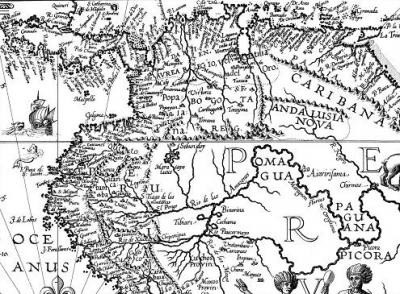
In 1560 he was part of an expedition led by Pedro de Ursúa, governor of the New Kingdom of Granada. The objective of the trip that left Cusco in September 1560 was to find the legendary third empire of America, the mythical land of the Omagua, and appropriate its fabulous riches. The expedition was made up of three hundred Spaniards, all men of recognized experience, knowledgeable about the jungle and its dangers. They were mostly unscrupulous criminals, accustomed to deprivation and hardship. Many had been granted amnesty in exchange for services they had to render during the dangerous march across the Amazon.
It is known that the troop, which was joined by approximately 300 Inca indigenous porters accustomed to the cold lands of the Sierra, entered the high jungle of the current departments of Huánuco, La Libertad and Amazonas, where the terrible native Bracamoros lived.
Commander Pedro de Ursúa made a huge mistake, taking with him his beautiful lover, Inés de Atienza, a voluptuous mestiza whose presence did not serve to calm the troops' spirits.
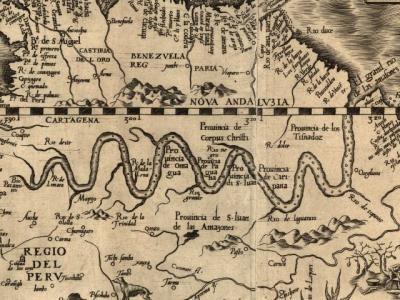
After a few days of marching, problems began: provisions rotted and men became ill. To solve the food problem, they began to hunt, but this was difficult, and the captured animals, such as iguanas, bats and snakes, were obviously not the ideal diet. On the other hand, the stifling heat, mosquitoes carrying fulminating malaria, spiders and poisonous scorpions made the journey increasingly difficult. In such a hostile environment, only a few felt comfortable, among whom was Lope de Aguirre.
Ursúa's plan was to follow the course of the Marañón River to the land of the Omagua, since he was fascinated with the stories of the previous expeditions, especially those of Jorge Espira and Francisco de Orellana. But the commander quickly revealed himself incapable of leading this disorderly group made up of a bunch of unscrupulous criminals released from prison. And as he spent hours of lust entertaining his lover, provoking the envy of the troops, discontent began to spread, along with the fact that the mythical city of gold did not seem to be very close.
At that time there was a revolt and Lope de Aguirre took prisoner not only Pedro de Ursúa, who was wounded, but also his most faithful men.
The situation was the following: the majority of the men had allied themselves with Aguirre, who had control of the troops.
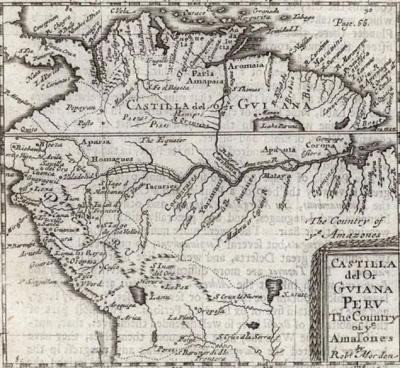
The Basque decided to write a letter to the king of Spain, Philip II, in which he disassociated himself from Spanish rule and, at the same time, appointed a new king, the nobleman Hernando de Guzmán, a kind of puppet in his hands.
In the letter, which was immediately sent to King Felipe, Aguirre expressed his total disagreement with the viceroy of Peru and the other governors of the New World, arguing that the most fertile lands were distributed among the children and friends of the powerful. He declared rebellion against Philip's kingdom and claimed to have chosen Hernando de Guzmán as the new king.
Guzmán decided to return to the Andes, given that not only was there not enough evidence of being in the vicinity of El Dorado or the land of the Omagua, but also that the conditions of the troops were serious.
Meanwhile, Lope de Aguirre decided to kill Ursúa, whom he saw as a weakling unworthy of conquering a kingdom.
Once the crime was completed, he proposed that his men return to Peru, fight against the authorities and proclaim it as an independent kingdom from Spain. There was a great discussion and two sides were formed: some declared themselves loyal to the fierce Basque, while others, listening to the words of their indigenous guides, who claimed that the lands of Omagua were nearby, decided to try their luck and move on.
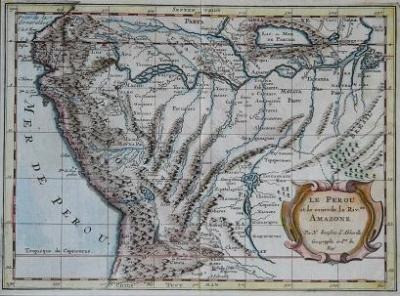
Aguirre's crazy plan had failed, because since only a few would follow him in his project to overthrow the viceroyalty of Peru, he was losing authority. When he failed to impose his ideas through words, he did so with force, and in a fierce and bestial fight he finished off his rivals, including Hernando Guzmán. The waters of the rivers were stained red with blood, and Aguirre, in a delirium of omnipotence, proclaimed himself king of the Amazon.
Afterwards he decided to continue with his faithful followers by sailing along the Amazon River, which was already his natural environment, his world.
The mythical city of Omagua was never found, so he continued his journey through the Amazon jungle reaching the Atlantic Ocean.
It is difficult to establish the true itinerary followed by Aguirre's troops, since according to some writers, the rebels went up the Río Negro and Casiquiare, then sailing along the Orinoco until they reached its mouth, near the current island of Trinidad.
In my opinion, this route is not credible, since in 1560 no one had climbed the Negro River and no one could know that the Casiquiare effectively connects the two basins of the Amazon River and the Orinoco River (a unique case in the world).
It is more logical that the rebels sailed along the current of the Amazon River until they reached the Ocean, near the island of Marajó, continuing navigation towards the north, along the current coast of Guyana to Margarita Island. If my thesis were confirmed (perhaps if an ancient document was found in some archive), Aguirre's navigation along the Amazon River would have been the second in history, after that of Francisco de Orellana in 1542.
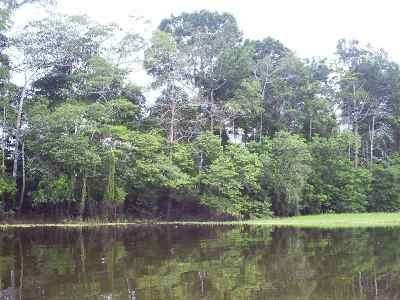
As soon as they arrived at Margarita Island, off the coast of current Venezuelan territory, Aguirre murdered the governor and other members of the local administration, as well as some religious people. He then returned to the continent with the crazy idea of traveling to the viceroyalty of New Granada and returning to Peru, in order to conquer it.
In this race, he stopped in the village of Barquisimeto, in October 1561, where his lieutenants mutinied and sentenced him to death. Before he died, he stabbed her own daughter, saying that he would rather see her dead than in the hands of her murderer. We don't know if that's true.
Aguirre's story ended, therefore, in Venezuela, where his body was dismembered and subjected to public ridicule.
Lope de Aguirre's epic was immortalized in Werner Herzog's beautiful film “Aguirre, the Wrath of God” (1971), whose main character was played by the great German actor Klaus Kinski.
The film, although it is not faithful to the historical facts (in fact, Aguirre's adventure is mixed with that of Orellana, which occurred 18 years earlier, in 1542), it was a great success, especially because it immerses the viewer in a particular atmosphere impregnated with mystery, terror and fascination with the unknown.
YURI LEVERATTO









